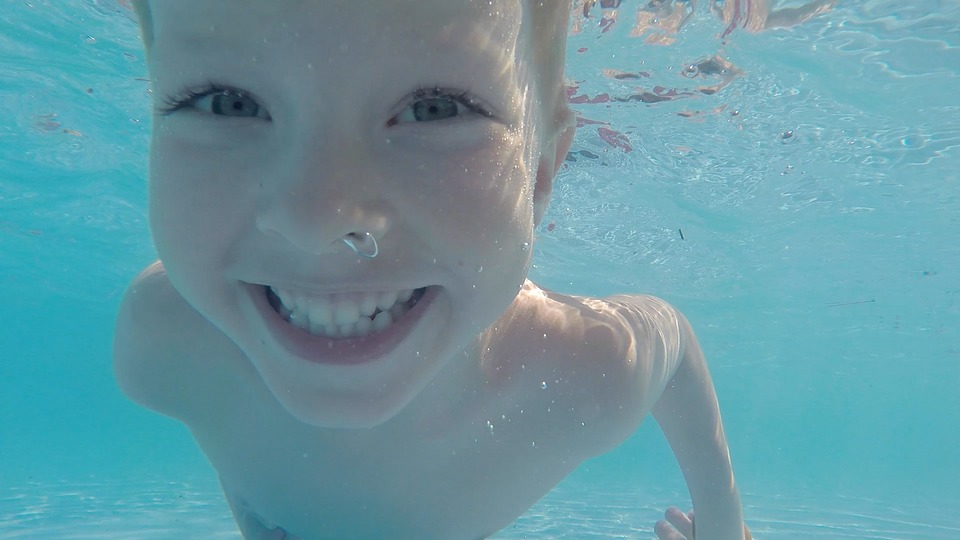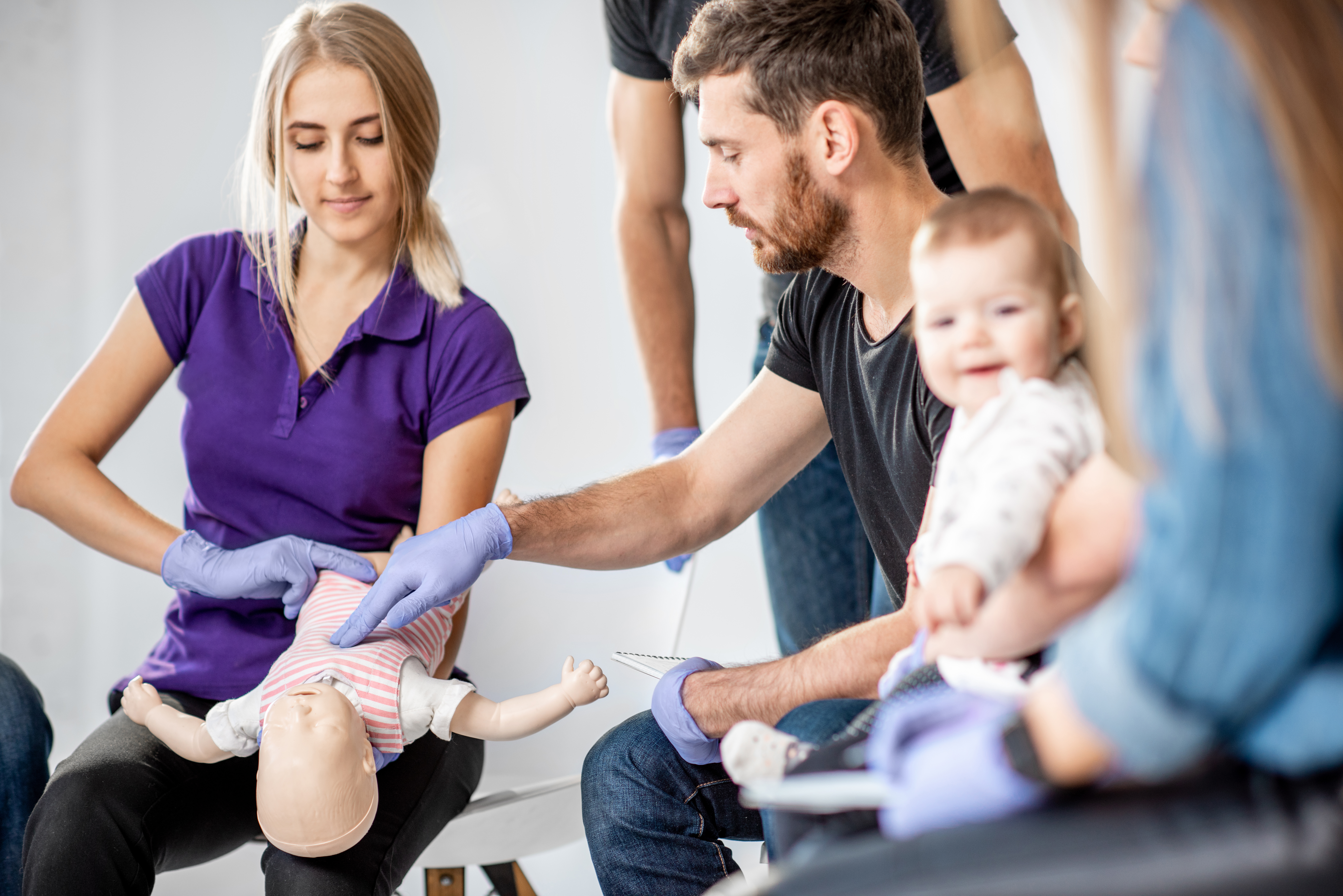7 Allergen-Aware Lunchbox Ideas
When we have children, they quickly become our whole world. It’s hard to remember anything before them, and it’s hard to remember anything outside of them! But if your child had a severe food allergy...

Fun in the sun looks different once the silly splashing children running around by the water belong to you. Learning that drowning has remained the leading cause of death in children year after year was a sobering moment for our family, and one that encouraged us to immediately sign our children up for swim lessons. It also hit that nerd nerve that puts us into research mode to learn every single thing we can do to keep our children, and yours, from becoming part of that heartbreaking statistic.

Parents know that the first step in ensuring that nothing terrible happens is assuming that it will. We keep first aid kits in our cars, Band-Aids in our bags, and Purell in our purses. The numbers for the pediatrician, the plumber, and poison control are all on our speed dial, and the baby gate stays up until the toddlers are practically teenagers.
When it comes to water safety, the most important step is assuming that all of our other preparations are going to simultaneously fail and that life-saving measures will be needed. Signing up for CPR and First Aid classes, and a refresher course every few years ensures that in a moment of disaster, you have the tools needed to keep the absolute worst from happening.
The American Red Cross can help you find classes near you, and even offers online courses and free educational material that are easy to access no matter where you are. It’s a great idea to be sure that anyone who you plan to leave your child with is CPR and first aid certified, from babysitters to aunts and uncles, step-parents to older siblings. If first aid or resuscitation is needed, no matter how successful, get to the emergency room as quickly as possible. Water inhalation can cause secondary dry drowning or pneumonia if left untreated.
When you’re at the park playing with your children, it’s not uncommon for one to be playing 30 feet away from you while you push a sibling on the swings or take a much-needed break on a bench. If your child falls at the park or starts to wander off, you can cover those thirty feet relatively quickly and be at their side in a moment. But when you realize that the average person jogs about 18 miles per hour, and the fastest swimmer ever recorded (we’re going to assume this wasn’t you) hit a top speed of 5 miles per hour, it really hits home how much more slowly we move in water. Water injuries happen quickly and quietly, and every second is crucial in a potential drowning situation.
Staying close to your little swimmers and ensuring a good grownup-to-kiddo ratio can mean the difference between a day at the beach and a day of emergency care. If your children are in a pool and you are outside of the water, travel as much as you can on land before jumping in to get closer to them, faster. If you are in a natural body of water, keep in mind that the shift in tide and a single wave can change the distance between you and your children incredibly fast.
Pool noodles, innertubes, kick boards, water wings, and even life vests are no substitute for your vigilance. In fact, flotation devices can create a false sense of security that make parents more likely to divide their attention, and offer kids unearned confidence in their own swimming ability. Kids who do just fine in the water with waders on might not realize that they can’t actually swim without them. Using swimming aids is a perfectly fine way to give your child the space to enjoy water play, as long as your arms are never further than a reach away.
Interested in creating stronger swimmers? You can find swimming lessons for you and your children through these tools from The Red Cross and YMCA

Many children feel very safe and confident in water as long as they can reach. In reality, children, and even adults, can drown in only a few inches of water. Other swimming-related injuries can include drain suction injuries, shallow-water hypoxia, or head injuries from jumping into shallow water. The shallow end is not a sure thing for safety, and there isn’t a time when it’s safe to let them be by themselves in the pool.
It might be the perfect weather for a poolside drink, and goodness knows you’ve earned a break! But heat, sunshine, and dehydration can impact your alcohol tolerance. When your kids need you 100% on your game, it’s best to save the buzzed beach event for a day when you’ve got a babysitter on board.
But here’s the thing. We like you an awful lot and want you to be safe as well. With that said, we have to let you know that 70% of adult drowning happens when the adult has been imbibing. Remember that your tolerance is low on these hot summer days, and you’re rightfully exhausted! Alcohol is going to hit you differently than it will later tonight after the kids have gone to bed and you’re snuggled up on the couch with a book or a movie. You’re a lot less likely to be dehydrated on that couch, too, which will save you from tomorrow’s headache!

We left teaching our children to swim up to the professionals, but that’s because we know our limitations as swimmers ourselves! However your children learn to swim, be sure that they have access to practice, but can’t access the water without permission and parental supervision. Gates, pool covers, locked doors, and frequent verbal reminders to stay away from water without you are each critical components to water safety. While “because I said so” can work in a moment of instruction, taking the time to frequently explain the dangers of unsupervised swimming are more likely to help your child understand the importance of staying clear unless you’re near.
Pool time should be one of your children’s fondest memories, and taking precautions and staying sharp can ensure your child is safe and sound when having fun in the sun. We hope you and your family are having a safe and wonderful summer!
xoxo
The Wonder Bunch
Curious where we got our information? Want to double-check our stats? We love that about you! You can find all of the information we did at the following links!
World Health Organization (WHO)
Injury Prevention, The BMJ
Red Cross